

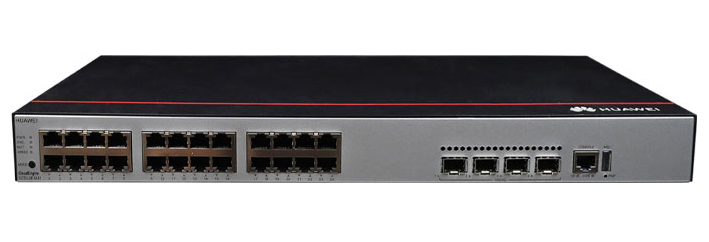
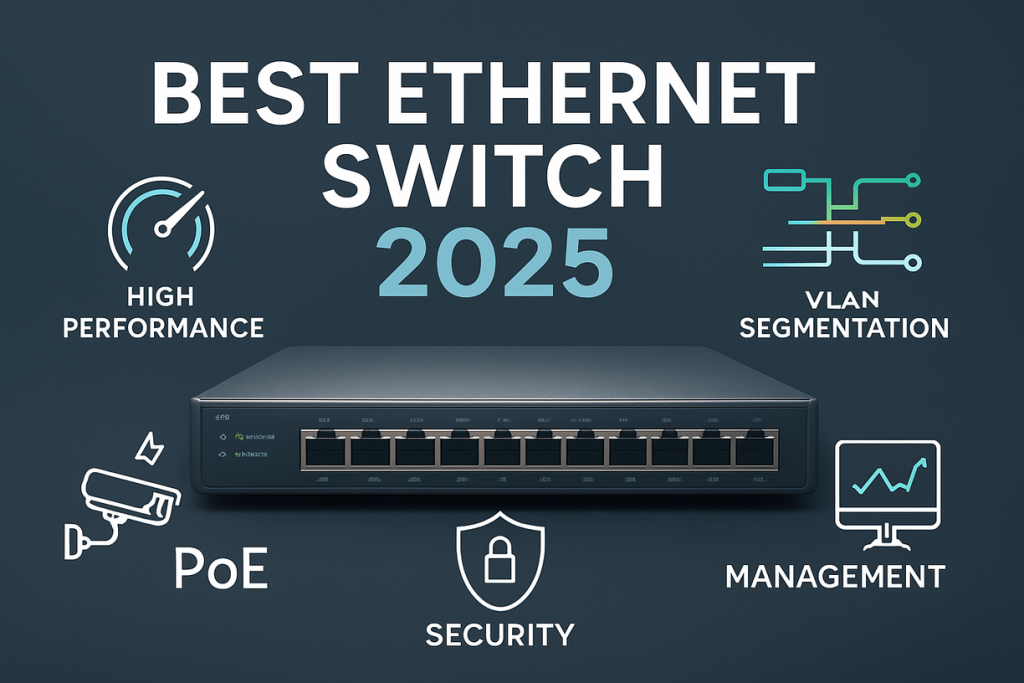
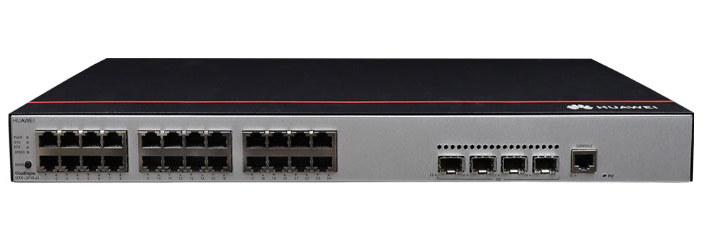
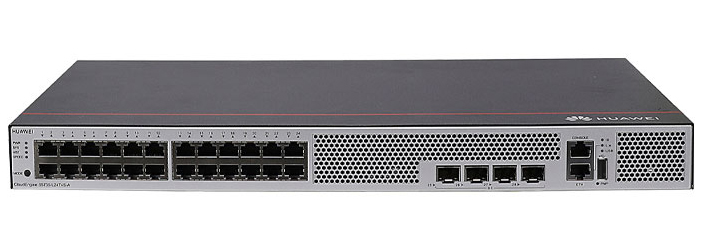
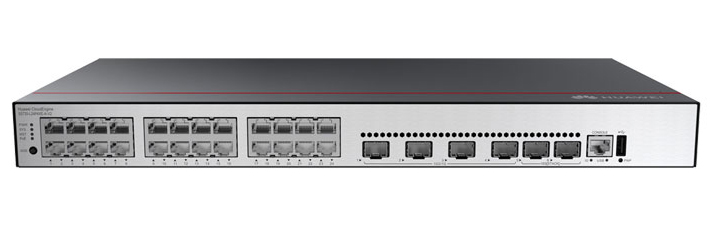


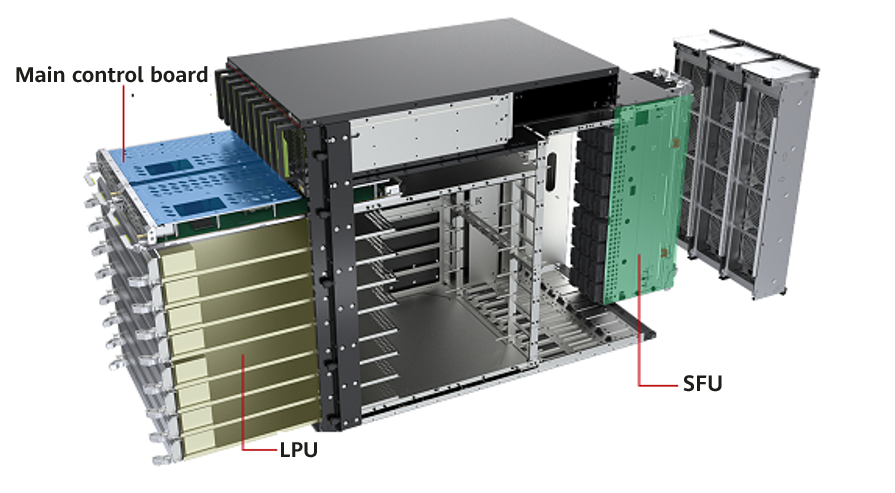


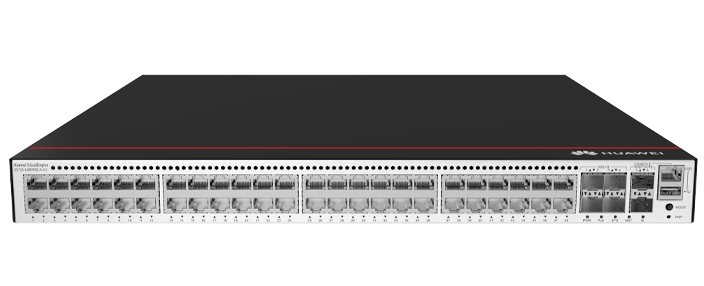


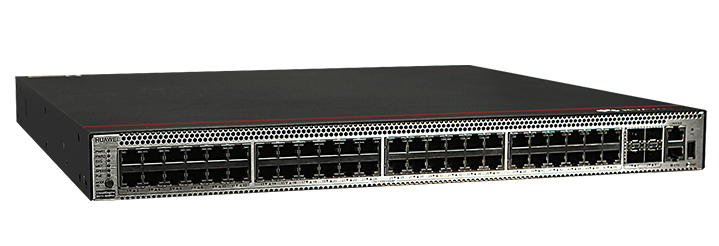
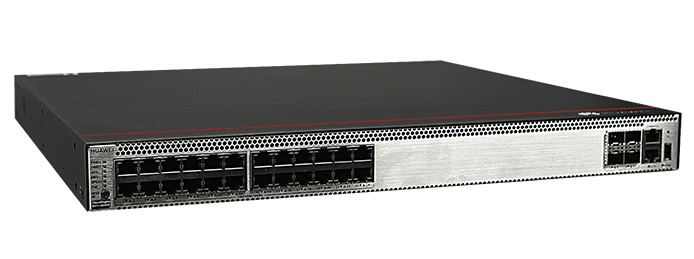
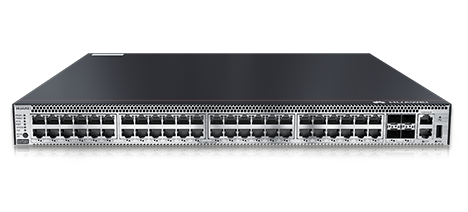






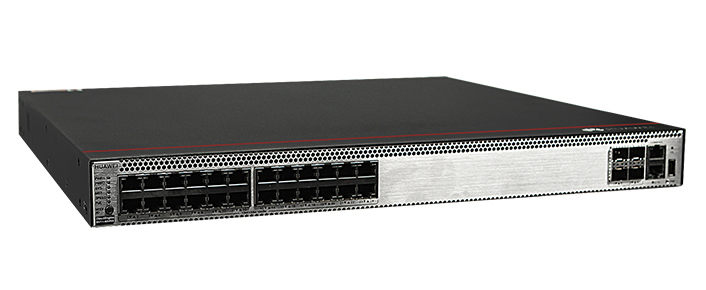
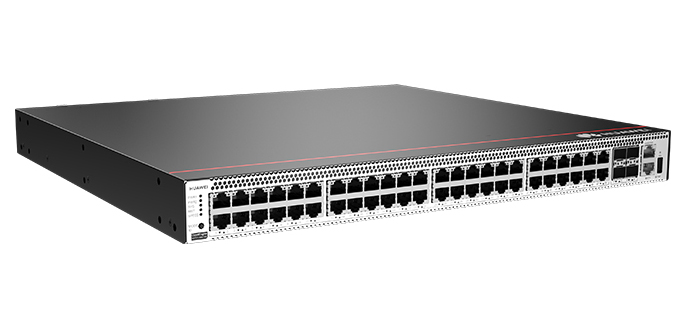
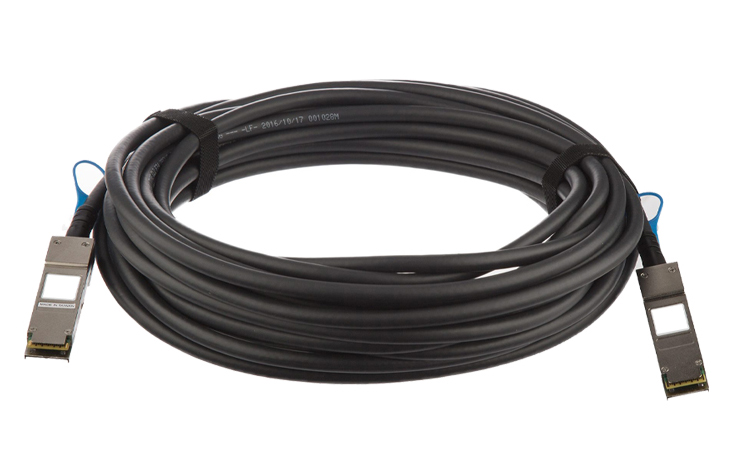
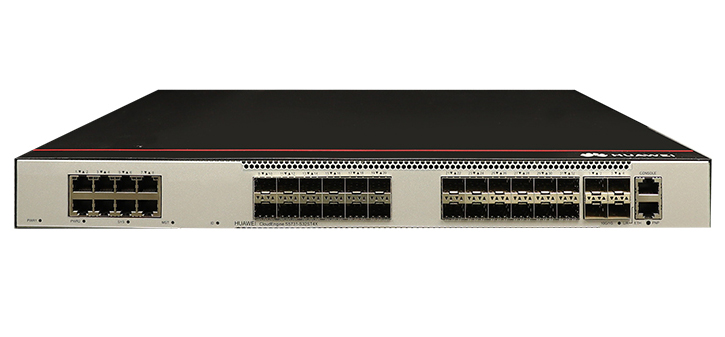
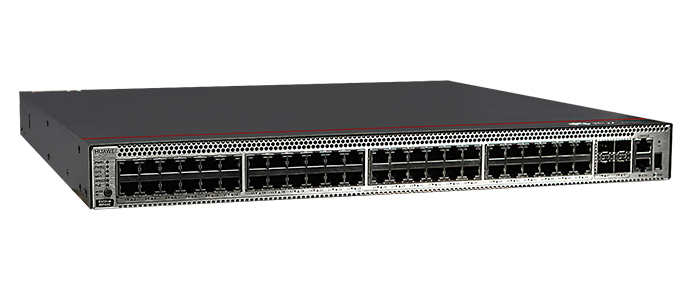
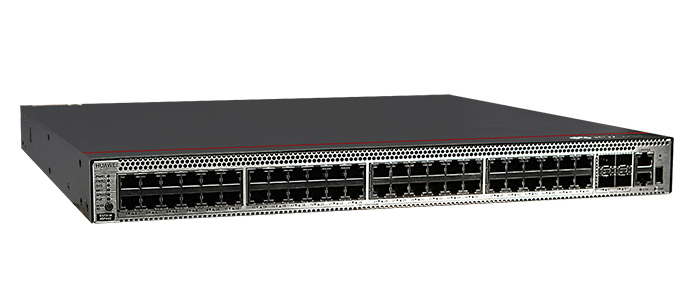

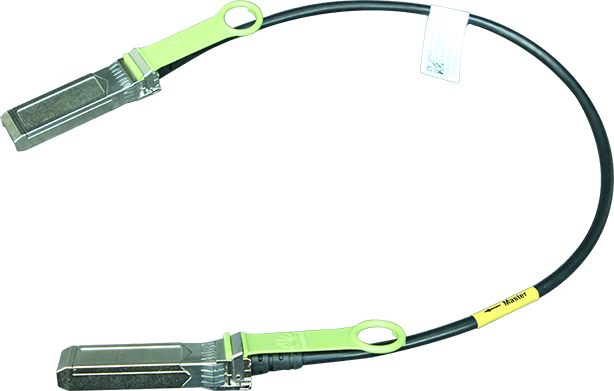

In an interview, Lansweeper, an IT asset discovery and inventory company, revealed to that, in its analysis of over 15 million identified consumer desktop operating systems, it found that Linux desktops currently account for just over 6% of PC market share.
This news comes after several other studies have shown the Linux desktop is right around the 6% mark. Indeed, according to the US Federal Government Website and App Analytics count, the Linux desktop market share over the last 90 days has reached 6.3%, a new high. In July, according to StatCounter, the Linux desktop also set a record high by its metrics with 5.24%.
Also: 5 Linux distros I recommend to help businesses cut costs and boost security
Lansweeper's data, according to CTO Guido Patanella, comes from its agents and scanning of 15 million consumer systems and 3.5 million corporate systems. Much of the consumer data comes from Fing, a home and small office network monitoring and device inventory company that Lansweeper acquired in 2020. The company defines consumer PCs as computers that are workgroup-based, standalone, or bring-your-own-device. Business computers are those managed by Windows Active Directory (AD). In other words, when you see "consumer," don't think of the laptop in your bedroom that you use for gaming but work machines that aren't hooked into AD.
Interestingly, business Linux usage currently stands at 1.9%, which is significantly lower than usage on consumer PCs. Contrary to popular belief, Linux desktops can be managed by AD. For example, Ubuntu 24.04 with Ubuntu Pro includes an AD Group Policy client.
Linux usage on AD-managed networks is showing gradual but consistent growth, increasing from around 1.6% in January 2025 to 1.9% in June 2025. New devices, however -- defined as assets that appeared for the first time after March 1, 2025 -- have a greater tendency to run Linux. The research suggests 2.5% of these newer machines run Linux.
Also: 5 command line backup tools every Linux user should use for desktops and servers
Examining the Linux desktop by business type revealed that industries such as business services, consumer and retail, and government show significantly higher Linux adoption in Europe compared to North America. Given the recent shift by European governments from Windows to Linux, this trend isn't surprising.
In North America, industries such as technology and telecommunications and finance and insurance show significantly higher Linux adoption compared to Europe. To sum up, in North America, technology is the top industry adopter of Linux, while business services leads the way in Europe.
Also: These 6 Linux apps are the secret sauce to my creative process
When viewed through the lens of company size, Linux adoption is higher in small and medium-sized businesses (SMBs) in North America than in Europe. In contrast, Linux adoption is higher in European SMBs.
The company collects this data for its customers on PCs using a combination of agentless and agent-based techniques, plus active and passive network scanning. These methods are:
There are several reasons why Linux is finally gaining popularity. One I haven't looked at recently but deserves mention is the rise of AI programming. Linux has become the default operating system for AI and machine learning workloads due to the prevalence of leading AI open-source frameworks, such as TensorFlow, PyTorch, and Hugging Face Transformers, and OpenAI's new open-weight models.
Also: How to check for bad blocks on a Linux PC hard drive (and why you shouldn't wait to do it)
Will the Linux desktop ever become as mainstream as, say, MacOS? Probably not. Has it become a significant desktop player for power users and developers? The numbers say yes.
Get the morning's top stories in your inbox each day with ourTech Today newsletter.
 Hot Tags :
Tech
Hot Tags :
Tech